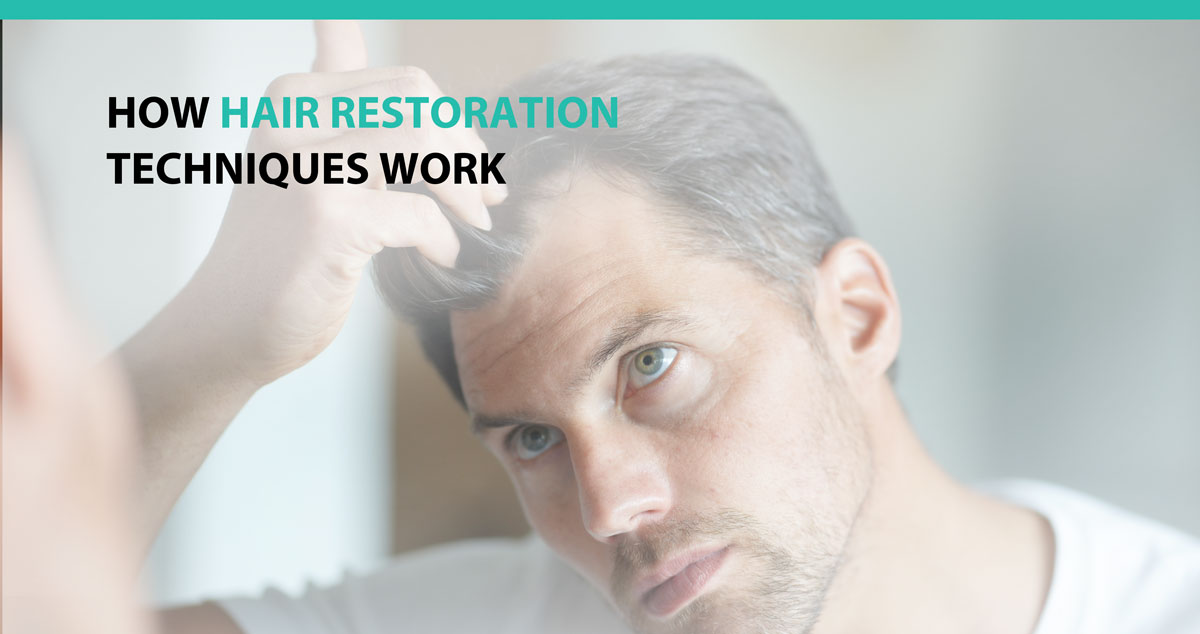
Is Hair Restoration a Permanent Solution?
Hair loss is a common occurrence affecting individuals of all ages. However, it is more common in men than in women. Luckily, hair restoration solutions offer relief to individuals losing their hair by stimulating regrowth or simply replacing missing hair in the case of male pattern baldness. While technology may have provided a solution to hair loss, it is not uncommon for doubts to arise about the effectiveness of hair restorations. If you are thinking about seeking hair restorations in Las Vegas and aren’t sure whether they are worth your while, read on to find out the answer to your question.
Hair Restorations and How They Work
Hair restoration refers to the procedures or interventions that aim at curbing hair loss and restoring hair density and volume for people with balding or thinning hair. Numerous hair restoration options are depending on the stage or nature of hair loss. Hair restoration treatments can either be surgical or non-surgical. Non-surgical treatments come in the form of prescription medications or topical solutions like hair extensions. Surgical hair restorations, on the other hand, are the most efficient and offer permanent, long-lasting solution to hair loss in patients with healthy scalps and not suffering from underlying medical conditions. They are most effective on genetic hair loss problems and male pattern baldness. Below are some of the most common hair restorations in Las Vegas.
Hair Transplant. Hair transplant is the only permanent hair restoration, as well as the most recommended. It involves the transfer of hair follicles from one part of the head (donor site) to the area experiencing hair loss (recipient site). There are two ways in which hair restoration is conducted; Follicular Unit Extraction and Follicular Unit Transplantation (FUT). The difference between the two is that FUT involves the removal of a scalp strip which is dissected into a group of three or four strands before being grafted onto the recipient site. FUE, on the other hand, is carried out by removing individual strands from the donor area and carefully placed where the hair is missing.
Scalp Micro-Pigmentation. This type of hair restoration involves the placement of the cosmetic tattoo on the scalp to resemble growing hair for people with short hair. While it has the permanence of a tattoo, it may fade slightly over time.
Low-Level Laser Therapy. Low-level laser therapy uses laser technology for 25-30 minutes to stimulate hair growth for people with thinning hair or hereditary hair loss. The therapeutic laser sessions last between 25 and 30 minutes daily and go on for about a year to reduce hair loss and encourage the growth of new ones. This hair restoration procedure requires continuous for long-lasting results.
Is Hair Restoration a Permanent Solution?
The permanence of hair restorations largely depends on the type of treatment as well as the experience, knowledge and skill of your surgeon. Although the type of hair restoration will depend on your type of hair loss, surgical hair transplant is the only reliable hair loss treatment that is highly successful in producing natural and lifetime results. Transplants simply work by the virtue of the new hair follicles being resistant to dihydrotestosterone (DHT), the hormone that causes hair loss. As such, the transplanted strands continue to grow as they would on the donor site even if the surrounding pre-existing hairs thin or fall out.
For a successful hair transplant and permanent results, your transplant should be conducted by a well-trained and experienced hair restoration specialist in Las Vegas like Dr. Joseph L. Williams. This also reduces the possibility of complications during and after the procedure.
For more information about hair restoration or to discuss your hair restoration options, schedule a consultation today!










